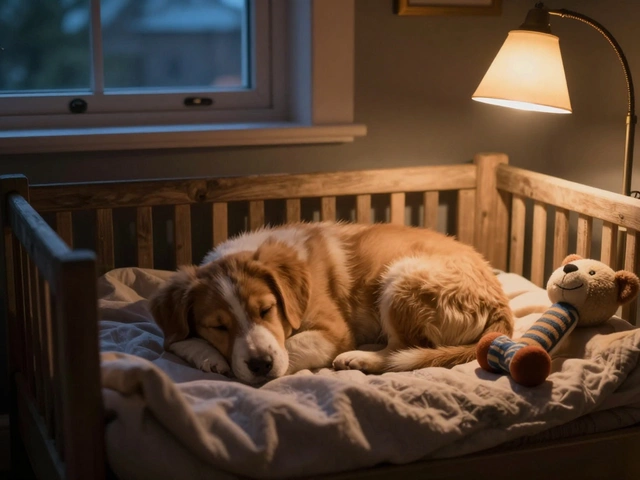Dog Behavior: How to Read, Fix, and Enjoy Your Dog’s Actions
Ever wonder why your dog wiggles before a walk or freezes when you call? Those quirks are clues, not mysteries. By spotting the signs early, you can stop problems before they grow and make daily life smoother for both of you.
Reading Common Dog Signals
When a pup stretches as you walk in, it’s not just a cute pose—it’s a greeting that says “I’m happy you’re here.” Tail wagging, ear position, and eye shape each tell a story. A slow wag with a relaxed body usually means calm friendliness, while a fast, stiff wag can signal excitement that could turn into a jump.
Watch the eyes, too. Soft, blinking eyes often mean your dog feels safe. Hard, staring eyes paired with a held-up lip might mean fear or warning. Spotting these cues lets you step in with a calm voice or a treat before anxiety spikes.
Simple Ways to Shape Better Behavior
Positive reinforcement beats punishment every time. Grab a small treat, wait for the behavior you want—like sitting calmly—then reward. Consistency is key: use the same cue word and reward each time, and your dog will link the action to the treat.
If your dog chews furniture, swap the temptation with a chew toy. Keep the toy nearby when you’re home, and praise the moment they pick it up. The more you redirect, the quicker the bad habit fades.
Needing a reliable walk? Try a front‑clip harness instead of a collar only. It gives you control without choking, and most dogs find it less restrictive. Pair the harness with short, upbeat walks and lots of praise for staying by your side.
Training isn’t a one‑off event; it’s a daily habit. Spend five minutes after meals practicing “stay” or “come.” Short sessions keep the dog’s attention sharp and prevent burnout.
When you notice a new behavior—like your dog staring at the TV—you can test if it’s a stress cue. Turn the volume down, give a calming toy, and see if they settle. If the behavior sticks, it might be a sign they need more mental enrichment, like puzzle toys or scent games.
Remember, every dog is unique. The same cue that works for a Lab might confuse a small terrier. Adjust your tone, timing, and reward size to match their personality.
By learning the language of your dog and rewarding the right actions, you turn everyday moments into training wins. Your pup will feel understood, and you’ll enjoy a calmer, more connected home.
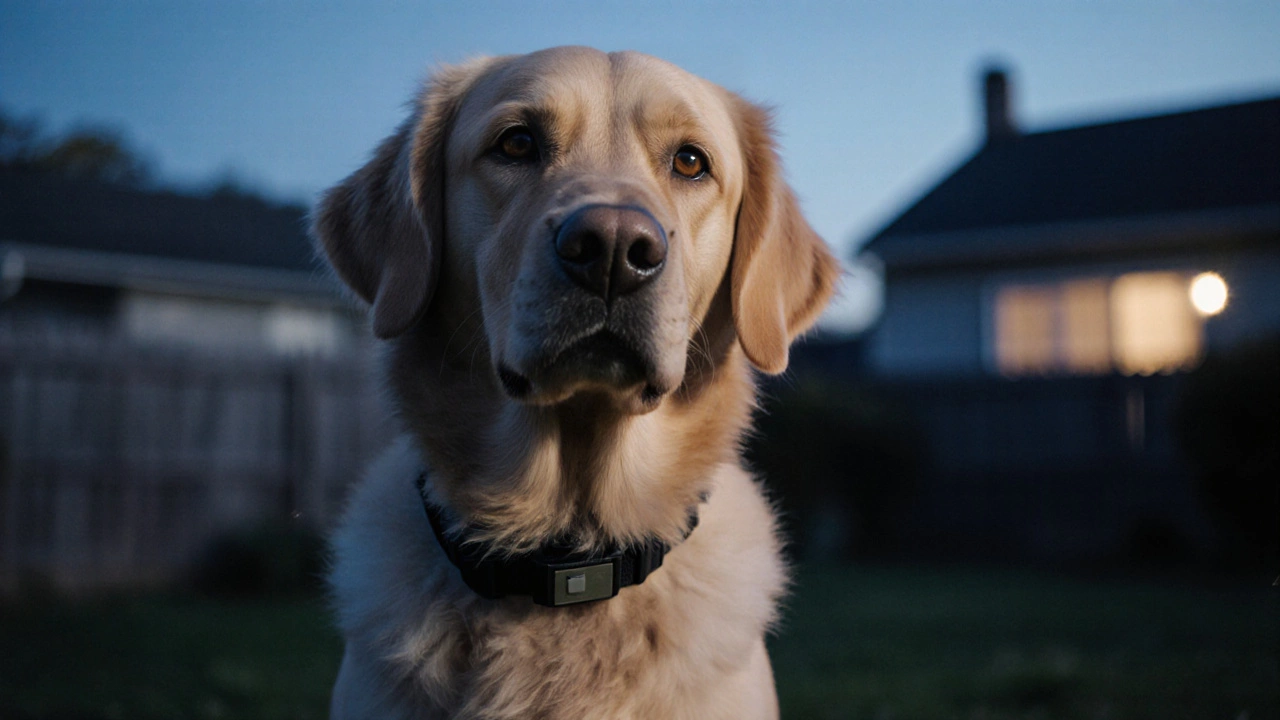
Why You Should Avoid Using Shock Collars on Dogs
Discover why shock collars harm dogs, the health risks involved, and humane training alternatives that keep pets safe and happy.
read more
The Risks of Waking a Sleeping Puppy: What Every Owner Should Know
Waking a sleeping puppy sparks stress hormones, disrupts vital growth and brain development, and can lead to long‑term health and behavior problems. Learn why uninterrupted sleep matters and how to handle pups gently.
read more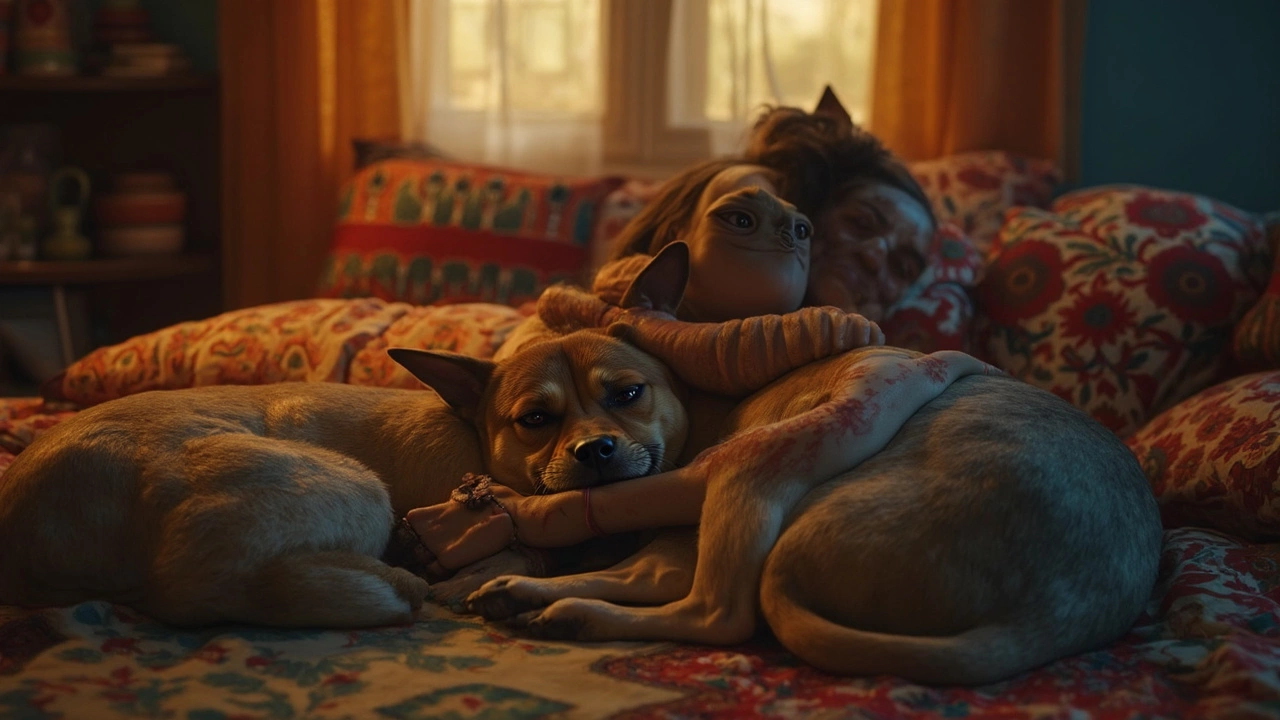
Dog Beds: Why Does My Dog Sleep Next to My Bed?
Curious about why your dog prefers to sleep right next to your bed instead of in their own space? This article unpacks the real reasons dogs stick close at night, from instinct to comfort. You'll discover whether this habit is healthy for you and your pet, signs your dog’s sleep style could become a problem, and when to encourage more independence. Plus, get tips to make your dog's sleeping setup cozy and inviting.
read more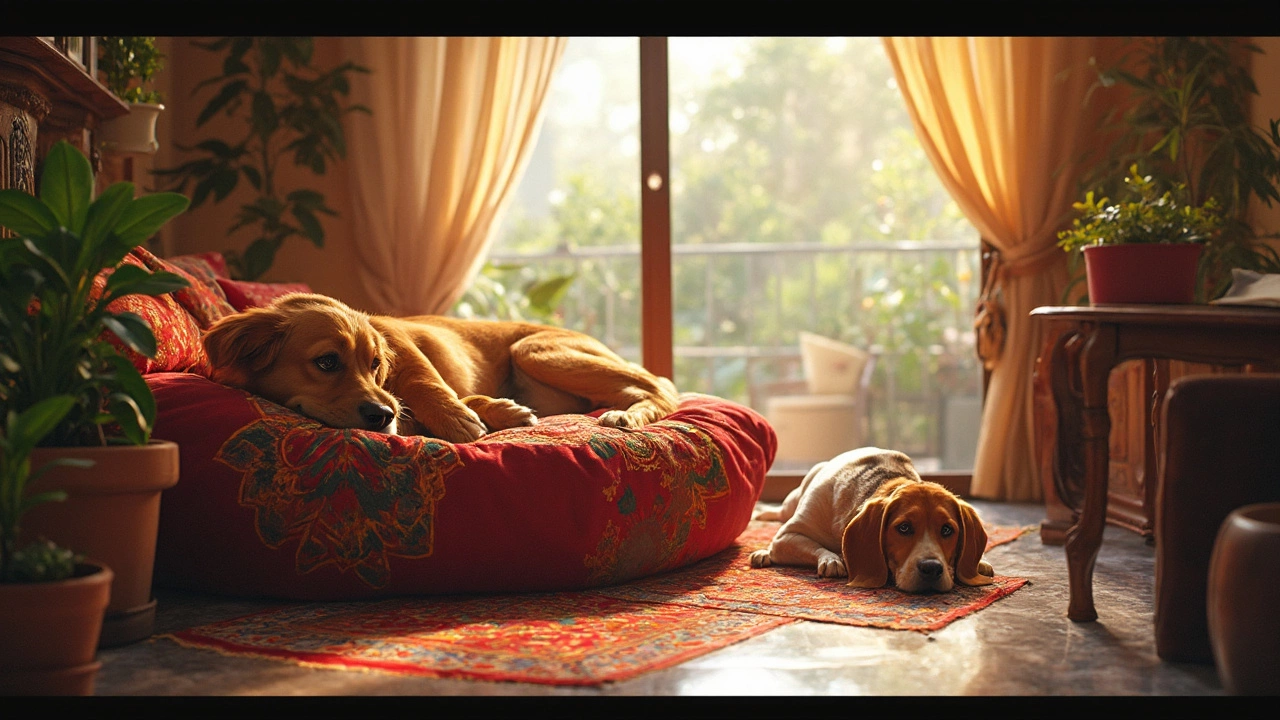
Do Dogs Prefer Beds or Floor? Real Choices Unpacked
Are dogs happier curling up on a plush bed or sprawling out on the floor? This article digs into what really drives a dog's sleep choices, with tips on reading your pup’s habits. You'll learn why some dogs ignore pricey beds, how breed and age play a role, and what you can do to help your dog rest better. Get practical advice for choosing the right sleep spot and fixing common problems. Expect clear answers backed by real-life stories and research on dog comfort.
read more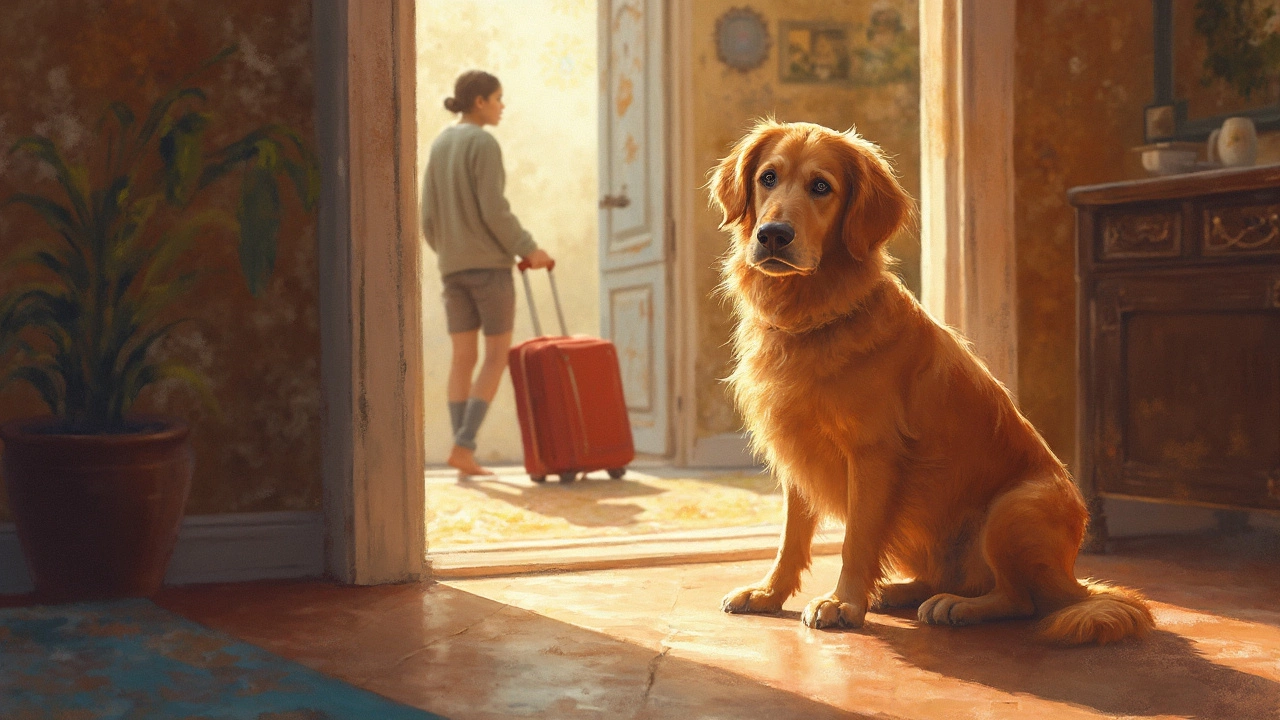
Does My Dog Know I'm Leaving?
Exploring whether dogs can sense when their owners are about to leave, this article delves into the emotions and behaviors of our canine companions. It provides insights into how dogs might pick up on pre-trip cues and what this means for your travel plans. It also offers tips on ensuring your dog is comfortable while you're away, highlighting methods to ease their stress. For pet owners planning holidays, understanding these dynamics can make all the difference.
read more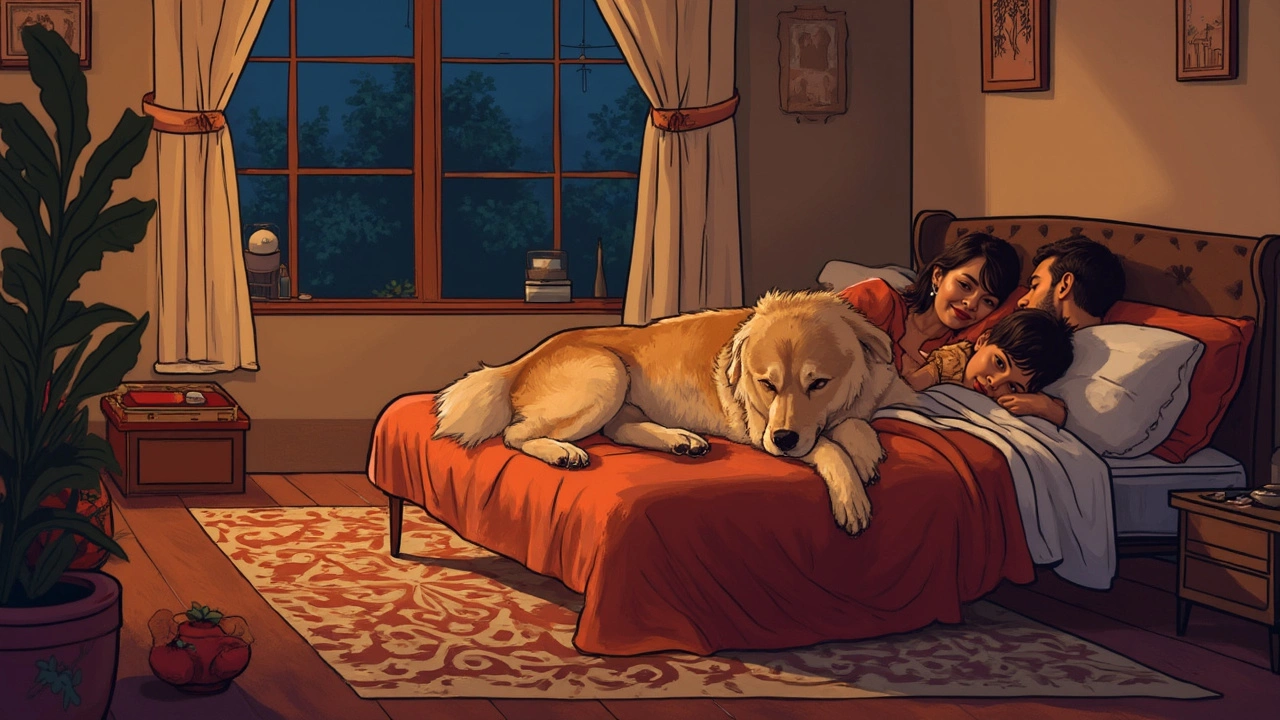
Do Dogs Sleep with the Alpha Human?
Ever wondered if dogs choose to sleep next to the 'alpha' in the family? This article explores the relationship between dogs and their sleeping habits, particularly focusing on how they decide who to snuggle with at night. By understanding their pack mentality and natural instincts, pet owners can learn how their dogs perceive family dynamics when it comes to bedtime. Get insights into why your bed might be their favorite spot and what it means in the context of being the 'alpha.'
read more
Why Do Dogs Love Belly Rubs?
Dogs seem to go bonkers for belly rubs, but what's the reason behind this? Digging into the science and behavior, we explore why dogs roll over for a tummy scratch and how it connects to their well-being. From understanding their body language to linking it with dog health supplements, discover why this simple gesture is a favorite for our furry pals.
read more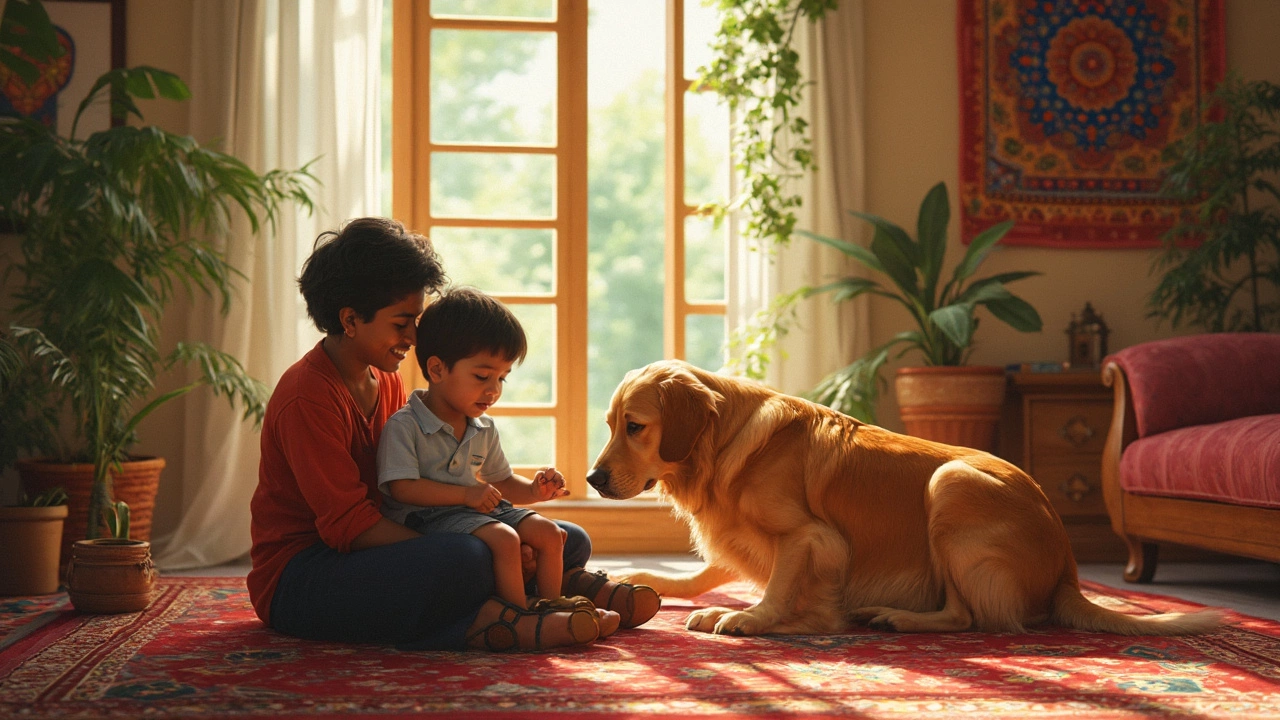
Understanding Why Your Dog Puts His Paw on You
Dogs have unique ways of showing their feelings, and putting a paw on you is one of them. This gesture can mean several things, from expressing affection to seeking attention. Understanding your dog's behavior can strengthen your bond and improve communication. Learn about possible reasons for pawing and how to respond appropriately. Discover how your dog's choice of bed can affect his behavior.
read more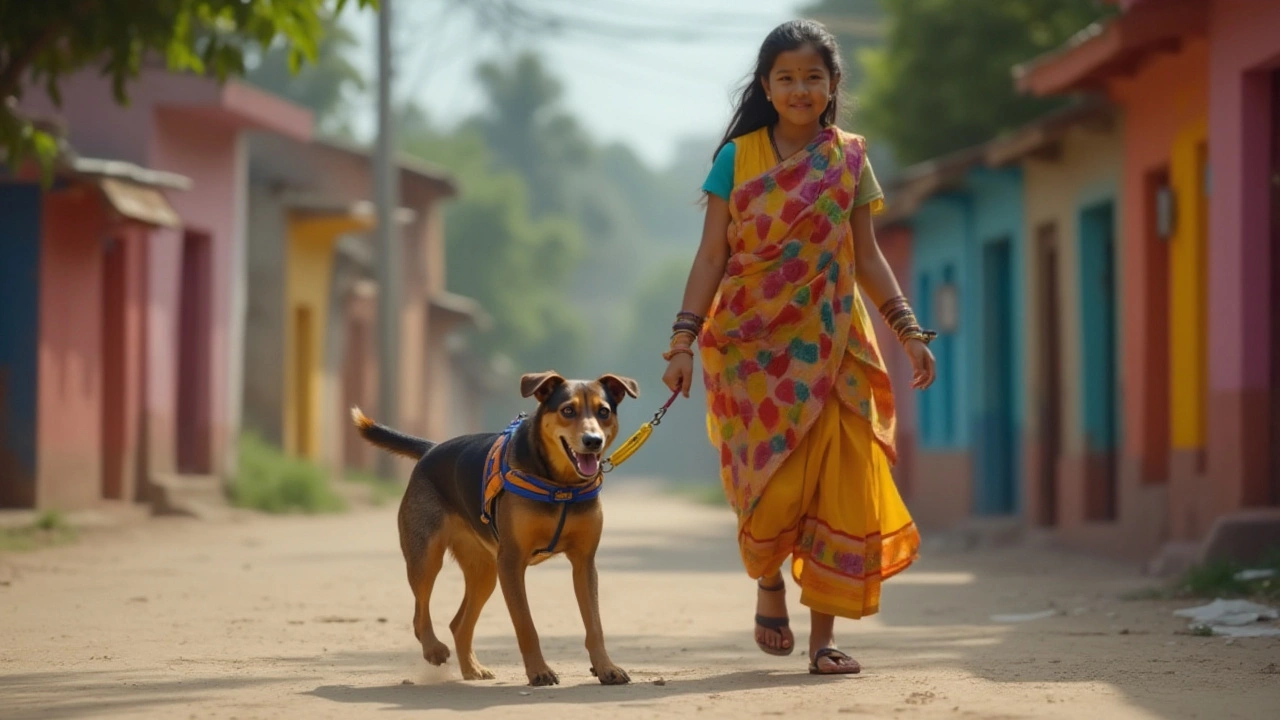
How to Stop Your Dog from Pulling on the Leash: Top Techniques and Tips
Many dog owners struggle with their pets pulling on the leash, which can turn walks into a battle of wills. By understanding why dogs pull and employing practical techniques, you can transform walks into a pleasant experience. From choosing the right collar to consistent training methods, there's a lot you can do to address this common issue. Patience and persistence are key, and these tips will help you achieve success.
read more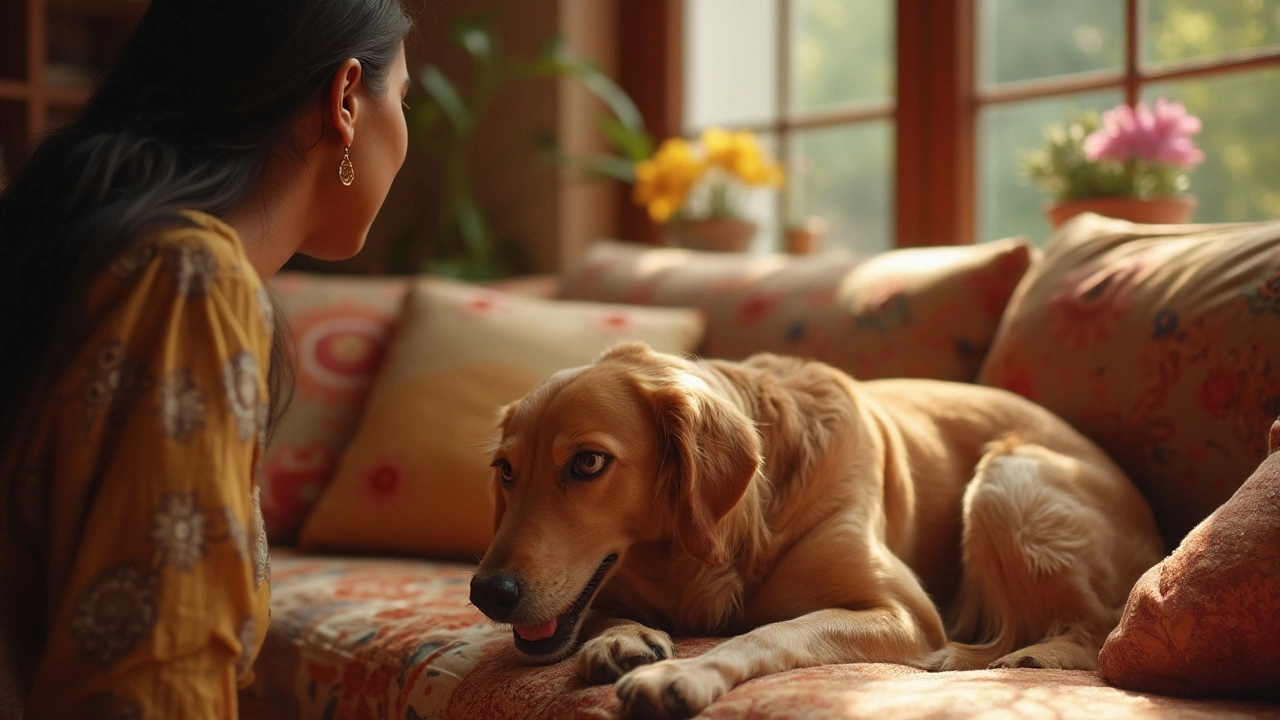
Why Your Dog Loves to Sit in Your Spot: A Deep Dive into Canine Behavior
When you get up and your furry friend promptly takes over your seat, it's easy to wonder about this funny behavior. Dogs often migrate to our warm spots for comfort and security. They may also be claiming the space as part of their pack behavior. Understanding this habit can deepen our bond with our pets and help us meet their needs more effectively.
read more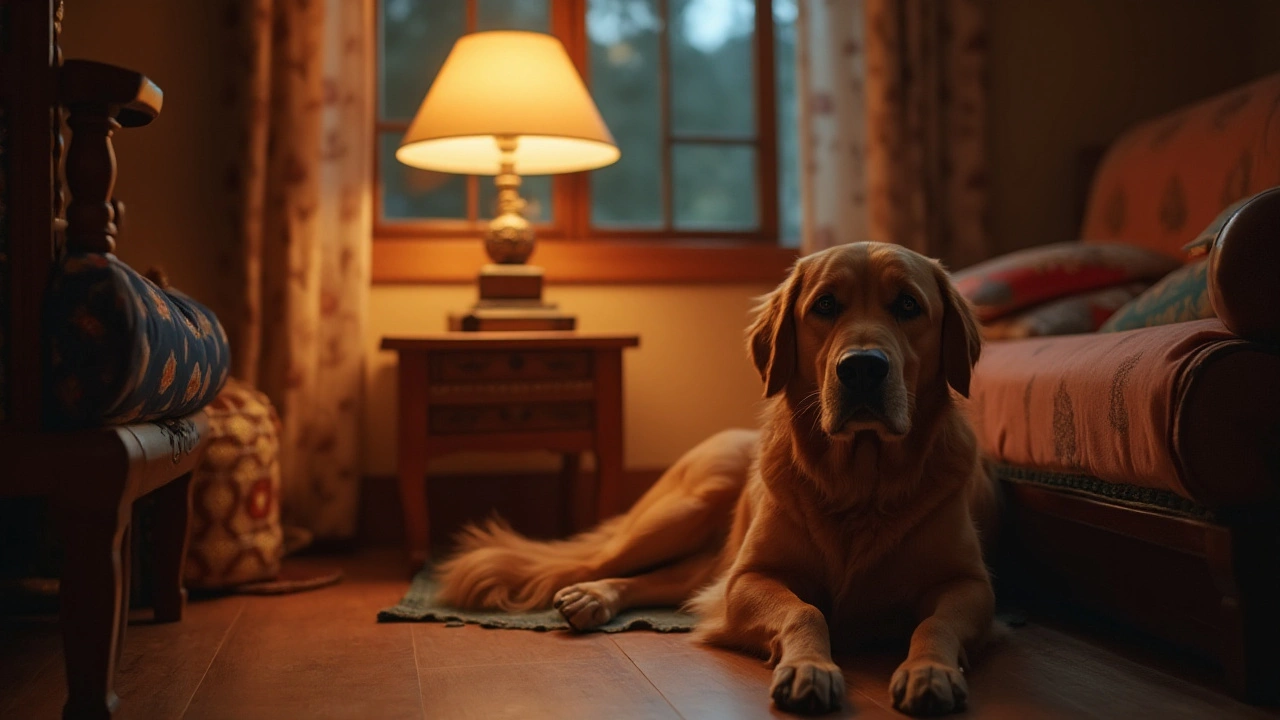
Should You Leave a Light On for Your Dog When You Leave Home?
Deciding whether to leave a light on for your dog while you're away can influence their comfort and behavior. Dogs, much like humans, can feel anxious in the dark, and a soft glow may help ease their nerves. However, understanding how your dog's senses work and what truly soothes them is vital. The right choice can depend on a variety of factors like your dog's personality, age, and comfort with being alone. Explore practical tips to make your pet's home life more comfortable when you're not around.
read more

